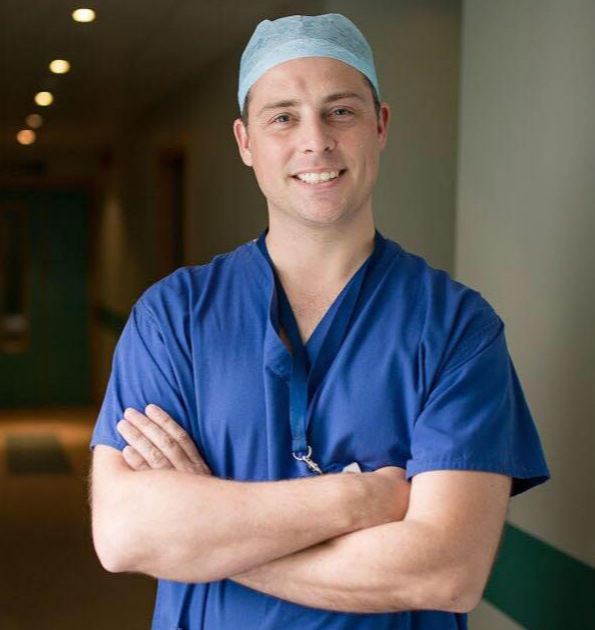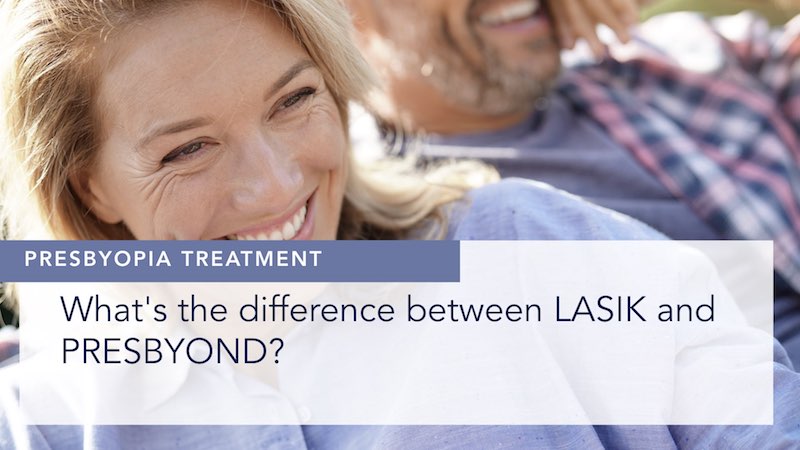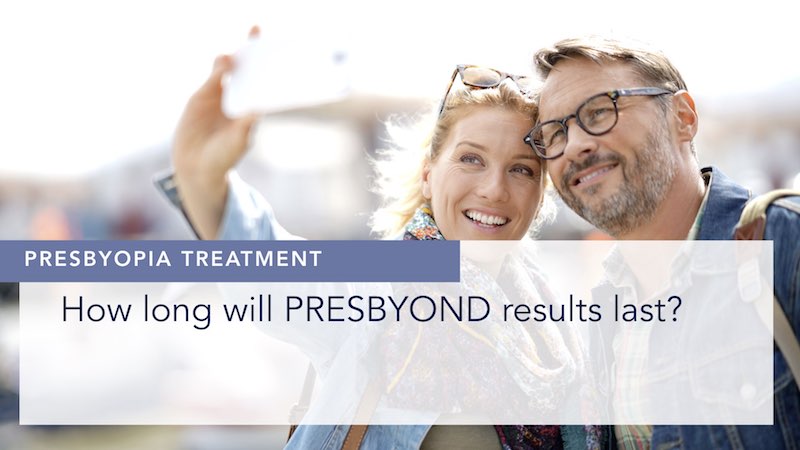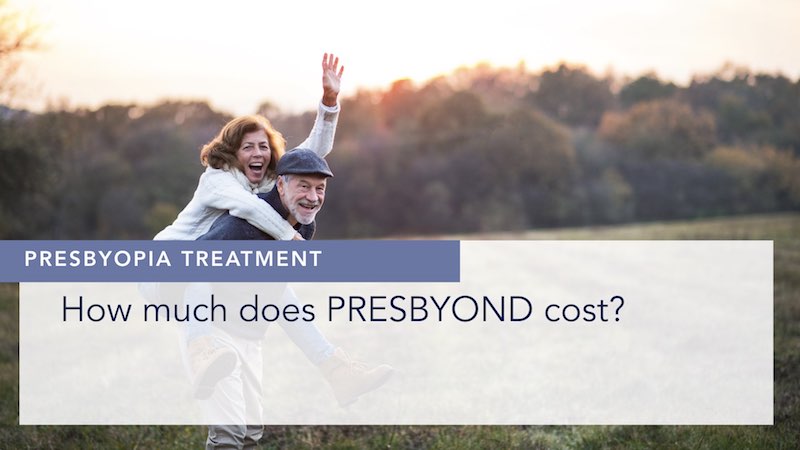Interview transcription:
Are you in your 40s and 50s and have blurry vision, especially for close objects? In this interview, Alex Shortt talks about treatment options if you have presbyopia and want to get rid of your reading glasses.
Rod Solar: If you’re in your later forties or early fifties, you may have noticed some of the early signs of ageing eyes and what ophthalmologists call presbyopia. I’m going to be talking to Alex now about a new procedure called PRESBYOND that effectively uses laser eye surgery to cure the effects of ageing eyes. Alex, can you introduce the concept of PRESBYOND?
Alex Shortt: What happens to the eye as it ages is that our natural lens that we’re born with gets stiffer with age. That’s because the protein that it’s been made up with has been with us our whole lives. After 40, 50 years that protein is no longer as flexible. I’m specifically talking about the lens of the eye, which is inside the eye: It sits just behind our iris. The lens stiffens with time and is not able to focus in and out correctly anymore. Our distance vision remains stable, but when we want to move the lens and bring our vision closer, we’re no longer able to do that. It typically starts from age 45 onwards.
That’s presbyopia and we have a variety of treatment options now for it.
In the past, your only option would have been to wear reading glasses. Traditionally everyone thinks that you can only have laser eye surgery for correcting the distant vision. But about eight to nine years ago we first saw treatments come along to enable us to use laser to correct both the reading distance and distance vision.
If you start having the first symptoms and don’t want to wear reading glasses, I would recommend this treatment called at Presbyond LASIK. It is a laser eye surgery procedure performed in both eyes. For the dominant eye – that’s the eye that our brain prefers to use – we use the laser to focus this for the distance into intermediate-range, so that’s into television or computer range. For the non dominant eye, we use the laser, and we focus it to be in focus from the intermediate range. That’s computer, television range, in to really close up. What the brain then does it places the two visions over each other.
Follow up
Rod Solar: I’ve heard something similar to this that some surgeons recommend. It is called monovision. How is what you’re describing different from that approach?
Alex Shortt: Standard monovision is when we correct one eye for the distance and one eye for close-ups. All of those patients, who received this treatment, complain of the same thing: The intermediate range is very poor and in fact it’s the range of vision that we use most. What PRESBYOND does there is to take that weakness of intermediate vision, and it turns it into the absolute strength of Presbyond. Both eyes are unfocused together in the intermediate range.
Rod Solar: And the brain is in fact almost making the bridge between the one eye and the other eye?
Alex Shortt: That’s right. A huge amount of our vision is based upon our brain processing the visual information that comes into our eyes. What PRESBYOND does is actually using this brain’s ability to blend together two slightly different images and create a three dimensional in focus world. So we’re using the brain’s own mechanisms or strengths to do this.

About the author
Mr Alex J. Shortt | Consultant Ophthalmic Surgeon
MB BCh MSc PhD FRCOphth PGDipCatRef
I’m Alex Shortt, a highly trained academic researcher and Consultant Ophthalmic Surgeon based in London’s famous Harley Street medical district. I trained and worked as a consultant for 14 years at London’s Moorfields Eye Hospital. I specialise in advanced technologies for correcting vision, including cataract surgery, implantable contact lenses and laser vision correction.






